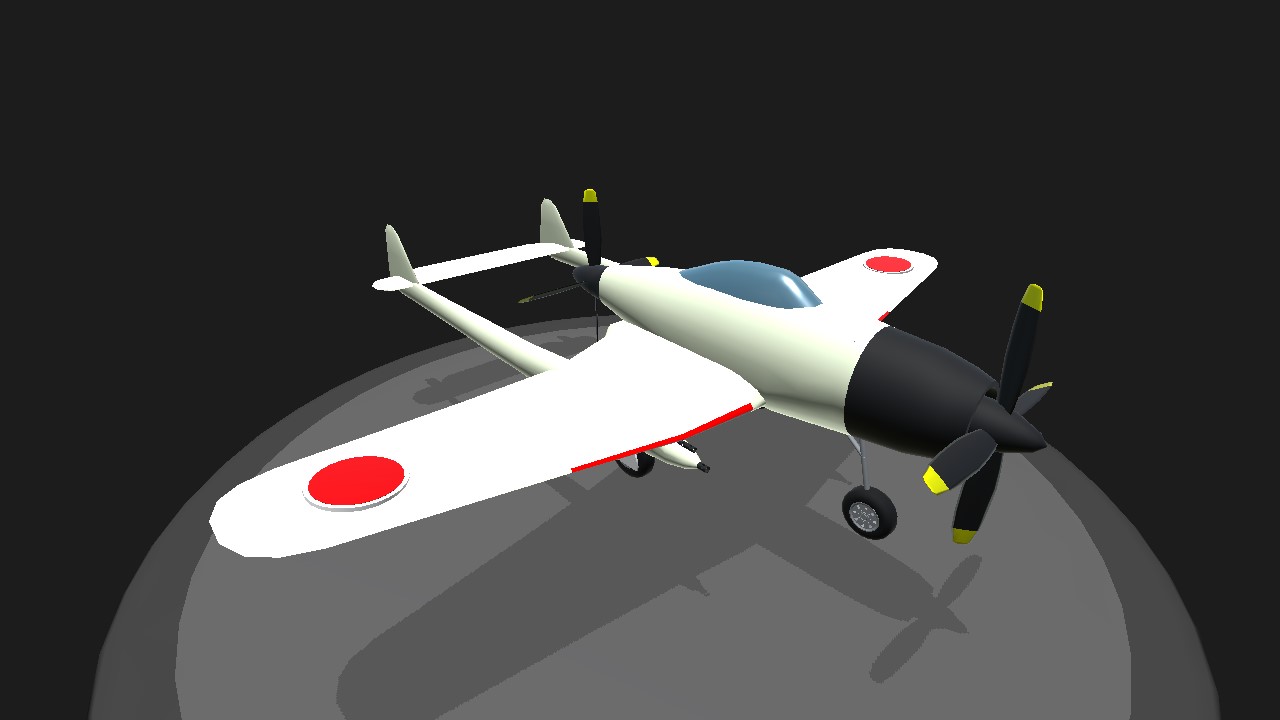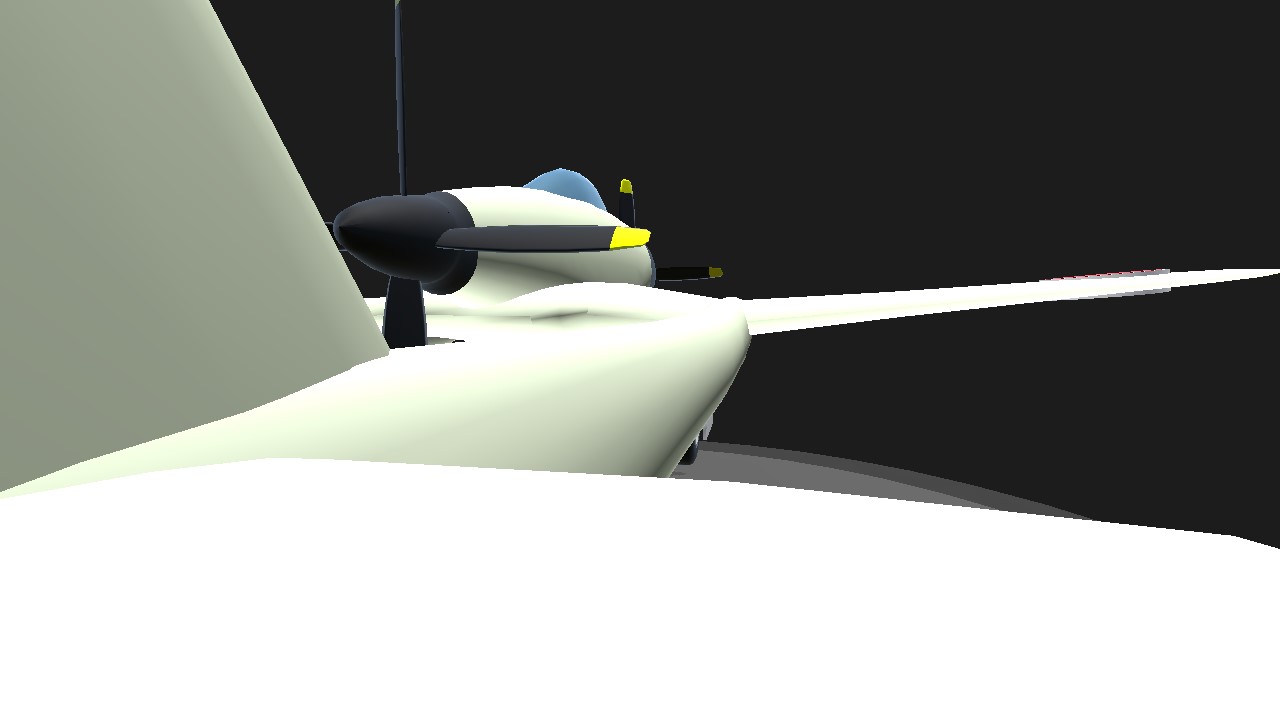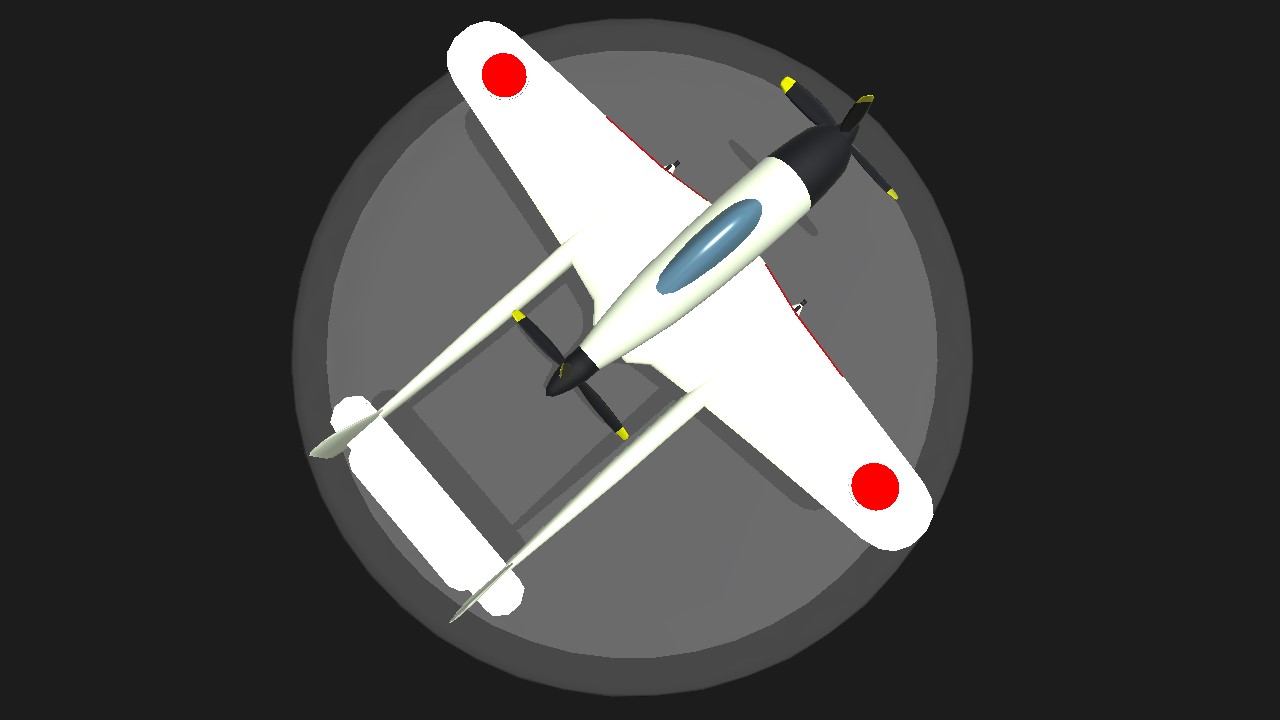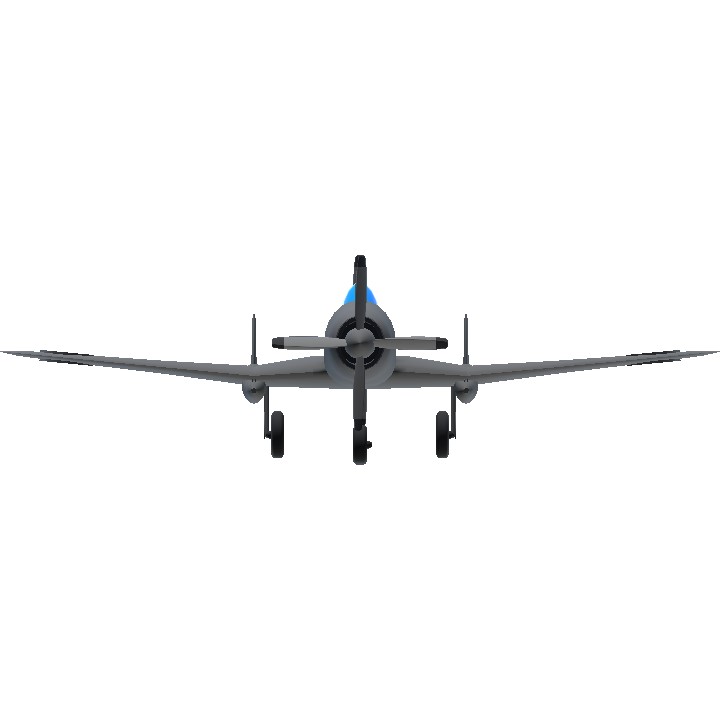DESCRIPTION
This appears to be the result of someone believing that if the best qualities of the hybriding Dornier Do 335 (for it's tractor-pusher) and the Lockheed P-38 (since it has twin-boom style) design could be combined, it would lead to a winning design. A bold configuration, it boasted two 2,200 horsepower engines each swinging a four-bladed propeller. Japanese army higher-ups thought it was too complicated, though, and cancelled it in favor of a more conventional single-engine fighter design..
Tachikawa Ki-94 (in this model is Ki-94-I model) was a single-seat fighter-Interceptor aircraft project undertaken by the Tachikawa Aircraft Company and to be operated by the Imperial Japanese Army. The project refers to two aircraft designs: the Ki-94-I and the Ki-94-II, both of which did not advance beyond the mock-up and prototype stage respectively.
The twin-boom monoplane is the first model that fitted with two 1,641 kW (2,200 hp) Mitsubishi Ha 211 18-cylinder engines, driving two 4-blade propellers in a push-pull configuration. The very heavy armament that should have been mounted on the aircraft (two 37 mm/1.46 in and two 30 mm/1.18 in cannon, should have been enough to make short work of most US heavy bombers of the era. Notwithstanding the outstanding prospective performance, which however was judged as "unduly optimistic" by the technical department of the IJAAF, this design was judged too complex by the technical department and the design was discarded.. (from Wikipedia)
CONTROLS
Trim : Flaps
Specifications
Spotlights
- airlinerbuilder 2.4 years ago
General Characteristics
- Created On Android
- Wingspan 44.2ft (13.5m)
- Length 40.3ft (12.3m)
- Height 12.8ft (3.9m)
- Empty Weight 6,933lbs (3,145kg)
- Loaded Weight 8,945lbs (4,057kg)
Performance
- Horse Power/Weight Ratio 0.491
- Wing Loading 57.3lbs/ft2 (279.8kg/m2)
- Wing Area 156.1ft2 (14.5m2)
- Drag Points 1201
Parts
- Number of Parts 127
- Control Surfaces 8
- Performance Cost 593







Bringd me nostalgia of when i first started SP and this is the plane i first built lol